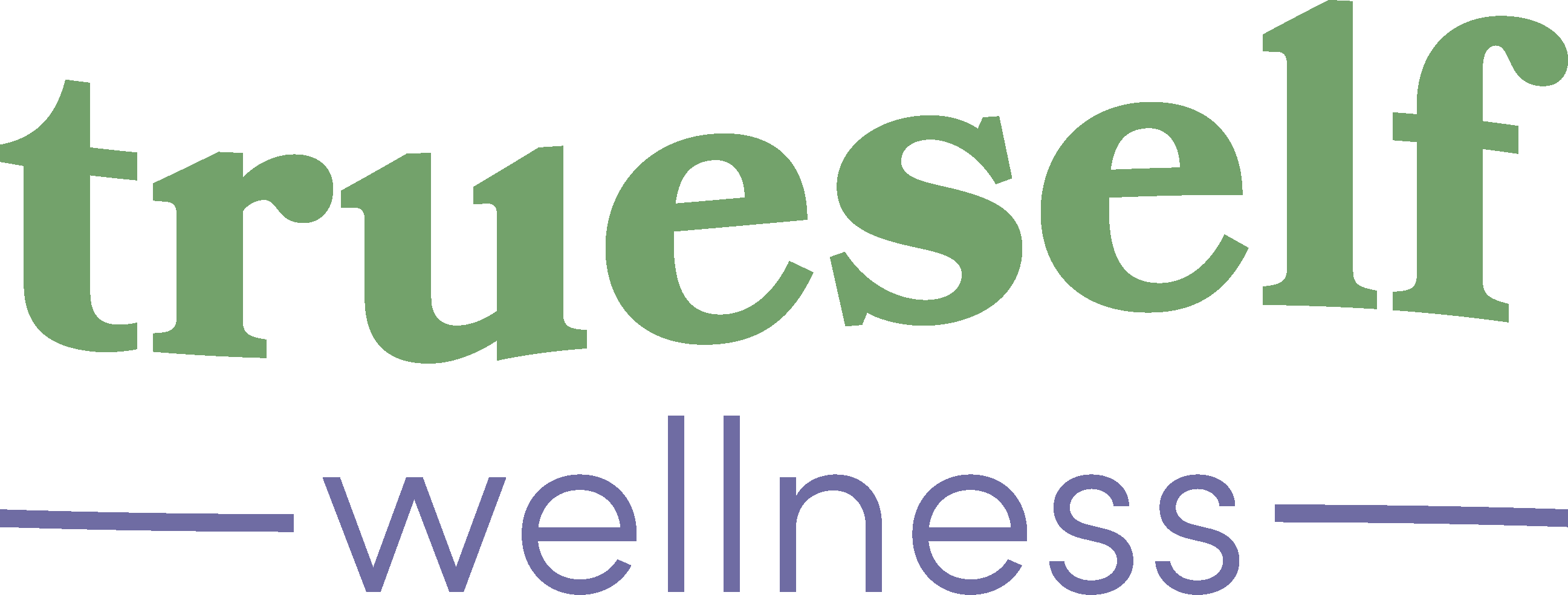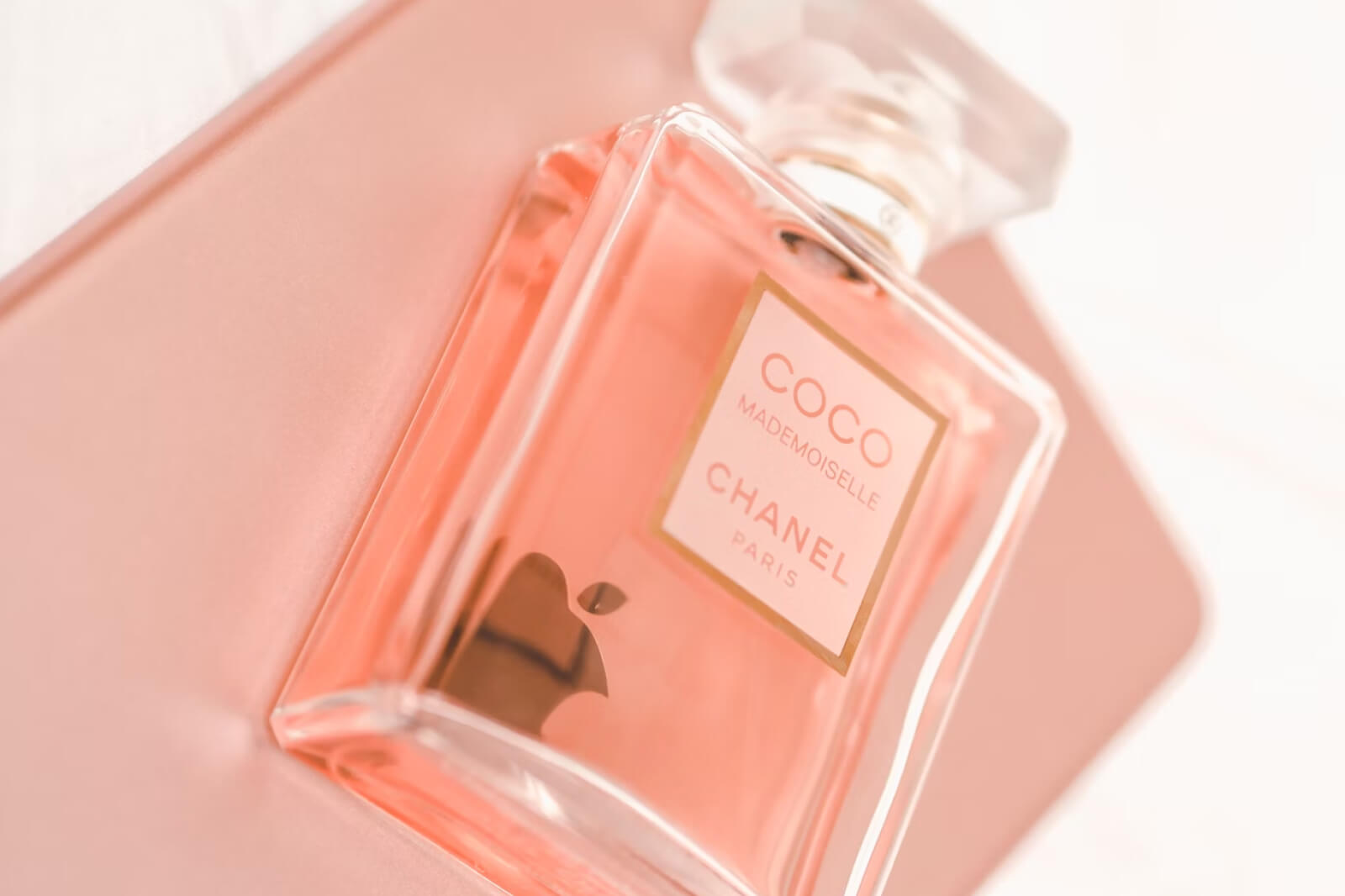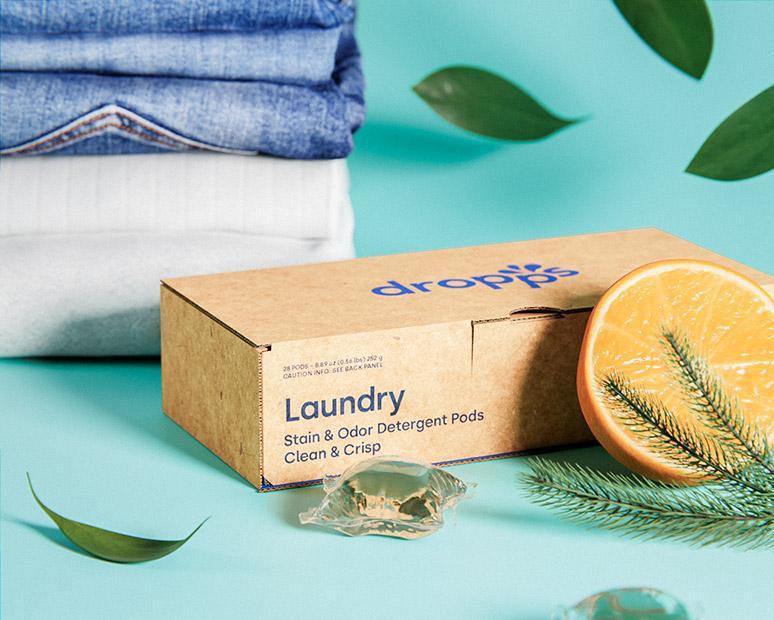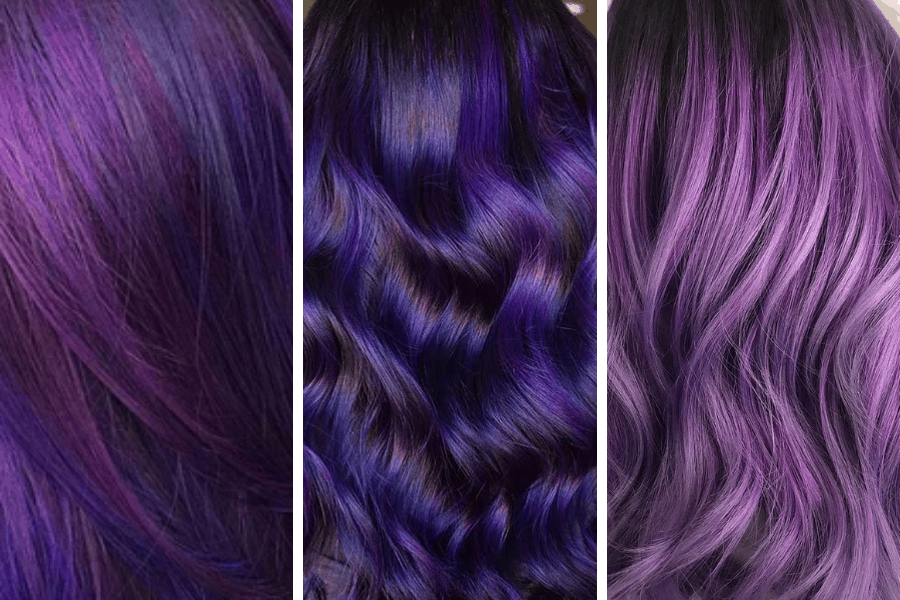Wellness culture has been all the rage for many years, and it’s tapped into basically every part of our lives. The importance of self-care has never been clearer, or more profitable.
Yet one area of wellness that’s very important but that’s still relatively rarely discussed is sexual wellness — wellness that has to do with everything from sexual pleasure to gynecological health and beyond. Female eroticism is generally still stigmatized; and in general, many schools and households still fail to teach children anything about sexual wellness
Fortunately this trend is changing as more and more people come forward and discuss the importance of sexual pleasure and sexual health, both things too often ignored, particularly by women. Brands like OSUGA offer the opportunity for you to partake on your own “sexual wellness journey,” complete with a collection of candy-colored vibrators.
It turns out that in 2021 the sexual wellness industry is booming. The global sexual wellness market is projected to grow annually by 12.4% from 2020 to 2026, according to Research And Markets. Today, it’s a $108 billion industry.
The pandemic may have had something to do with this. According to an online survey by Indiana University’s Kinsey Institute, while people generally had less sex while quarantined, 20% reported expanding their sexual routines in some way. In short, all that being inside made people spend more time on their own pleasure, more creatively.
But the trend towards sexual wellness has been coming for a long time, with movements like #MeToo placing newfound emphasis on women’s experiences and with the media tending to speak more openly about female pleasure than ever before.
Women are largely the focus of this sexual wellness boom. For decades, men were the recipients of most sexual wellness tools, from Viagra and beyond. But today, more women are seeking tools to enhance their sexual experiences. New pleasure-enhancing drugs have entered the market, from Cliovana, which uses technology to enhance nerve endings in the clitoris, to Vyleesi, intended to increase female sexual desire.
Of course, like all other wellness trends, these have issues. Sexual wellness geared towards women often only addresses white women, and generally fails to acknowledge trans or nonbinary people at all. (OSUGA actually does gear their vibrators towards “anyone with a vagina,” without emphasizing gender, but that’s a rarity). And these pleasure-focused treatments are often expensive and unavailable to all but the rich, white cohort they’re sold to.
But the trend’s issues could also be a strength, if the sexual wellness industry starts paying attention to the huge diversity of sexual experiences and needs out there. “In my opinion, the most interesting part of sexual wellness R&D is how it’s helping us to better understand human sexuality,” writes Cecile Gasnaut in Future Laboratory. “The way it has been traditionally researched is very heteronormative, with a shocking gap even between knowledge of male and female sexuality. This results in a partial and very binary knowledge of sexual health – nothing close to the world’s diverse reality.”
Radical sex educators, once shunned, are also gaining popularity and platforms. Educators like Shannon Boodram, Emily Morse, Kandi Burruss, and Cindy Gallop are providing sex ed and wellness tips that most previous generations had no access to, creating a kind of clean slate for a new sexual revolution.
Part of this sexual revolution involves talking about tough things. As conditions that can impair sexual pleasure continue to become more talked about, hopefully this trend will spread. Conditions like endometriosis, vaginismus, and polycystic ovary syndrome, once never mentioned, are now more commonly addressed and treated more actively with a focus on pleasure.
And along with more conversations, the industry keeps growing more and more innovative and creative. What’s next for sexual wellness? Immersive VR porn experiences? Toys that come with scents and sonic components? Some trends seem to point to the idea that the sexual wellness industry is shifting to a focus on intimacy rather than actual sex — erotic massage oils and other massage tools are becoming popular.











